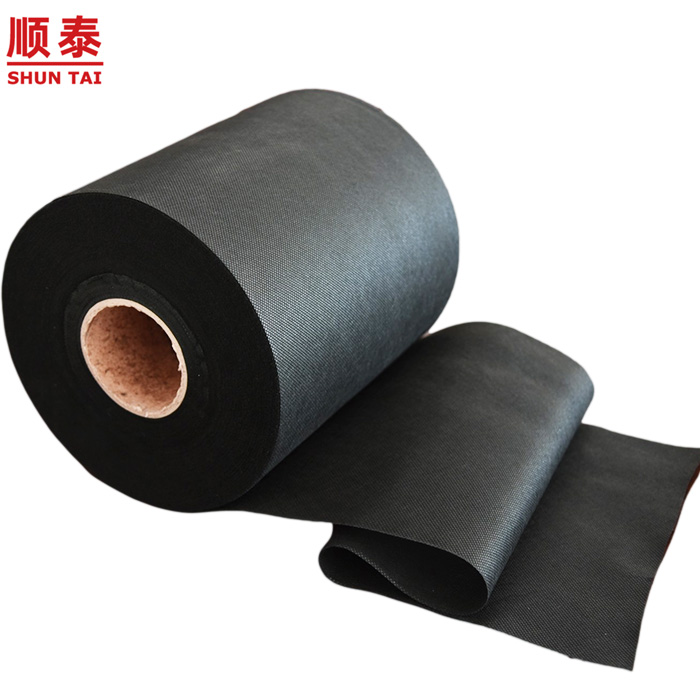
Non-Woven Industry Development It is lighter than cloth and provides better air circulation. It is commonly employed in medical and sanitary items like sanitary napkins towels, facial towels, filters and so on., and was later designed and used in engineering. Non-woven fabrics are used in vegetable production to protect against damage from cold. The manufacturing process of non-woven fabric differs from plastic film, however the fundamental raw materials are nearly the same. It includes PVC (polyvinyl chloride) and PE (polyethylene), EVA (Ethylene Vinyl Acetate copolymer), PVA (polyvinyl alcohol), and other such items. You can create a thin plastic film from traditional plastic by melting it and inflating. It is a continuous film. It can stretch endlessly. The film is smooth and has no pores. The film is impermeable and blocks any movement or exchange of molecules. The textile industry grew rapidly and artificial chemical fibers made of mentioned materials became the most well-known. But, these fibers are still able to form cloth using traditional warp or weft weaving. Non-woven materials are created by combining fibers in the same plane at different angles across all directions, rather than using traditional warp and weft techniques. It offers better material properties and is easier to produce than traditional woven materials. It's less expensive than traditional weaving, which requires weaving yarn into fibers and then weaving. The industry of apparel has utilized non-woven fabrics in large numbers in recent times. The evolution of production technology and the advancement of material science has made non-woven materials more adaptable and widely used over recent years. You will find a variety of different items and materials all over your everyday life. The use of non-woven textiles in agriculture has risen primarily because of their lightness, the ease of production and their diversity. Look at this non woven weed fabric for more information.

Non-woven fabrics for the Agricultural Industries. Non-woven fabrics first came into use in Europe in 1978. They were utilized to keep the carrots warm during early harvesting and to stop whiteflies and tomato leaf virus. Non-woven fabrics are used in the United States are used for mulching cantaloupes sweet peppers, tomatoes and root vegetables. It is used to preserve heat and for early harvesting. Non-wovens can be used to cover grass-proof mats and increase soil temperature. Short fiber is also used to make water-absorbing blankets that are sprayed on nursery beds in order that the roots can completely absorb water. They can also be used as the ground medium in turf production. They can also be used to plant large woody plants such as fruit trees and garden trees. Non-woven fabrics are also employed as crop cover in Taiwan. They are also extensively used to cut down on energy use in greenhouses with large areas. Canopy curtains and double-layered covers reduce radiation and heat dissipation in the evening. In the beginning, TAVIK non-woven spun-bonded TAVIK fabrics with high density were utilized to shade and protect cauliflower bulbs. Its high shading capacity, low thermal conductivity and the ease of recycling made it a popular choice for farmers. It eventually was employed to protect leaf vegetables from insects as well as shade the trees and plants of fruit trees. Because of Taiwan's unique ecosystem and climate, non-woven sector growth has been slow. The Taiwanese manufacturers of nonwoven fabrics continue to develop nonwoven technologies. The focus of Taiwan manufacturing of nonwoven fabrics is on water absorption air permeability, and water repellency. In the context of preservation and storage of agricultural goods, it has strengthened its research capabilities and hopes to develop a wider range of applications. Follow this wholesale agriculture non woven fabric for recommendations.
